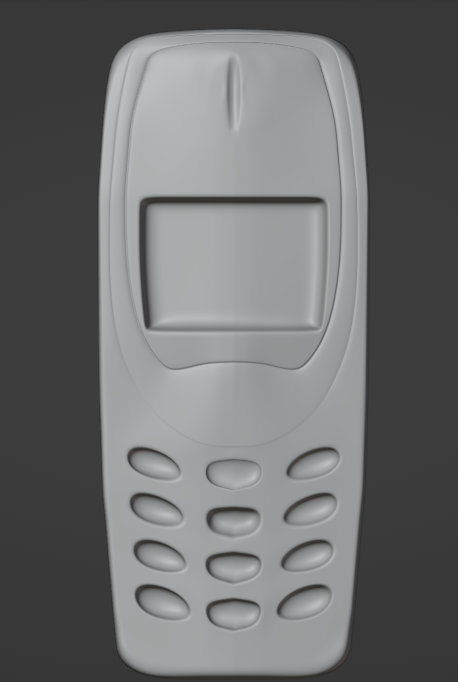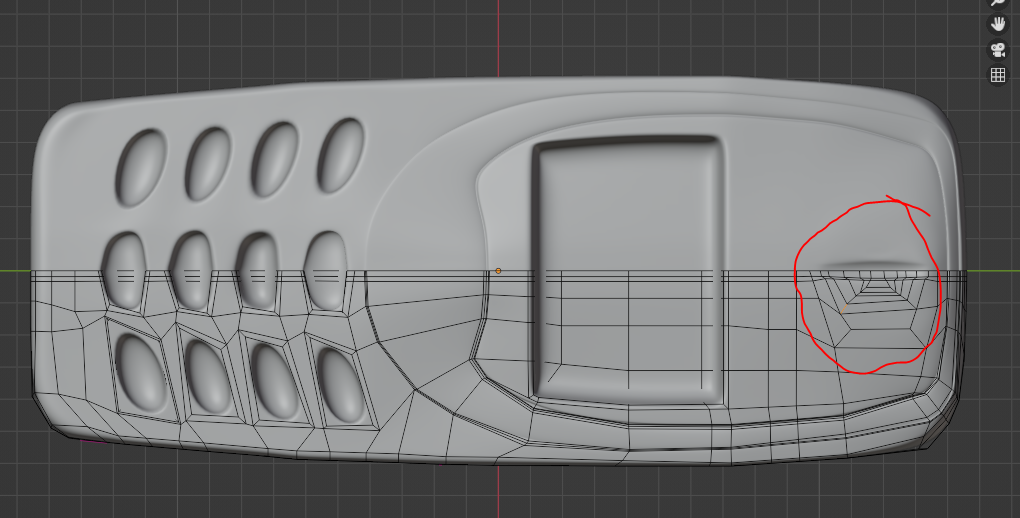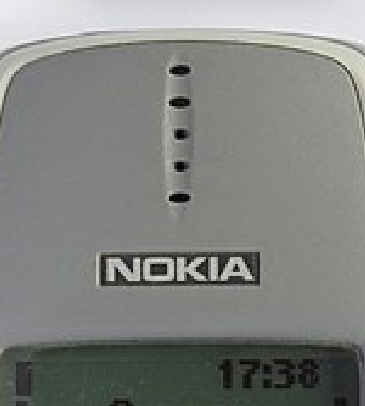The BRAWL² Tournament Challenge has been announced!
It starts May 12, and ends Oct 17. Let's see what you got!
https://polycount.com/discussion/237047/the-brawl²-tournament
It starts May 12, and ends Oct 17. Let's see what you got!
https://polycount.com/discussion/237047/the-brawl²-tournament
Topology problems....Help!
So i've been trying to model a Nokia 3310. In my head i'm trying to follow a game asset workflow but i'm really not sure if i'm approaching this correctly. I'm using a sub-d workflow, keeping the base mesh as simple as possible and only adding geometry where absolutely possible (tell me if this is the wrong approach!). The bit i'm really struggling with is the holes and indentation for the earpiece/speaker.
Please help on how best to approach this problem. I have added more loops but that started affecting the curve and shape of the phone.



Please help on how best to approach this problem. I have added more loops but that started affecting the curve and shape of the phone.



Replies
So basically i need to:
You need to build a high (using any workflow that works well for your specific case) ; and you need to build a low (also using any workflow that is suited to this case - meaning that you may reuse bits from your high base, or not). And then the surface information of the high gets baked to a texture according to the UVs of the low.
I would suggest to stop everything you're doing with that phone model and instead taking the time to understand the workflow with a simple set of cubes or cylinders (high and low).
A: i'm not actually modelling anything
B: i have read so much conflicting information on workflows.(ie. make low poly first then go high poly/make high poly then go low poly/start off with just going straight with a clean high poly model.)
I'm struggling to find a clear, concise and succinct summary of an industry standard workflow for hard surface game asset modelling.
I understand topology flow, i understand using edge loops and all the tools available to me to actually do the modelling, it's the underlying principle methods that i'm overwhelmed by.
Well, you keep mentionning lowpoly and highpoly, hero assets vs set dressing, the conflicting information you got on that, and so on ... but in a way, none of that really matters until you get your hands dirty with actual baking. I am saying this because some of your statements show that you do not quite understand that aspect at this time, and this is the main reason why you are confused by what to model and how.
So as said my advice would be to stop worrying about how to model this or that, take some low and highs that you already have (either the phone low and high in whichever state they are currently, or some simple test cubes) and focus on practicing baking from high to low.
That's the mistake that so many people do : being led to believe that a process is linear ("do this, then do this, then do that" - because of poorly thought out video tutorials), tackling these things in that specific order, and then being completely stuck at the end because the last step is actually the most important and most complex to understand and should actually be figured out first.
Figure out your full tech stack *FIRST* on test models that don't take more than 5 minutes to create ; spend all the days needed to understand the tech aspects that your goal requires ; and *THEN*, apply all that to your work.